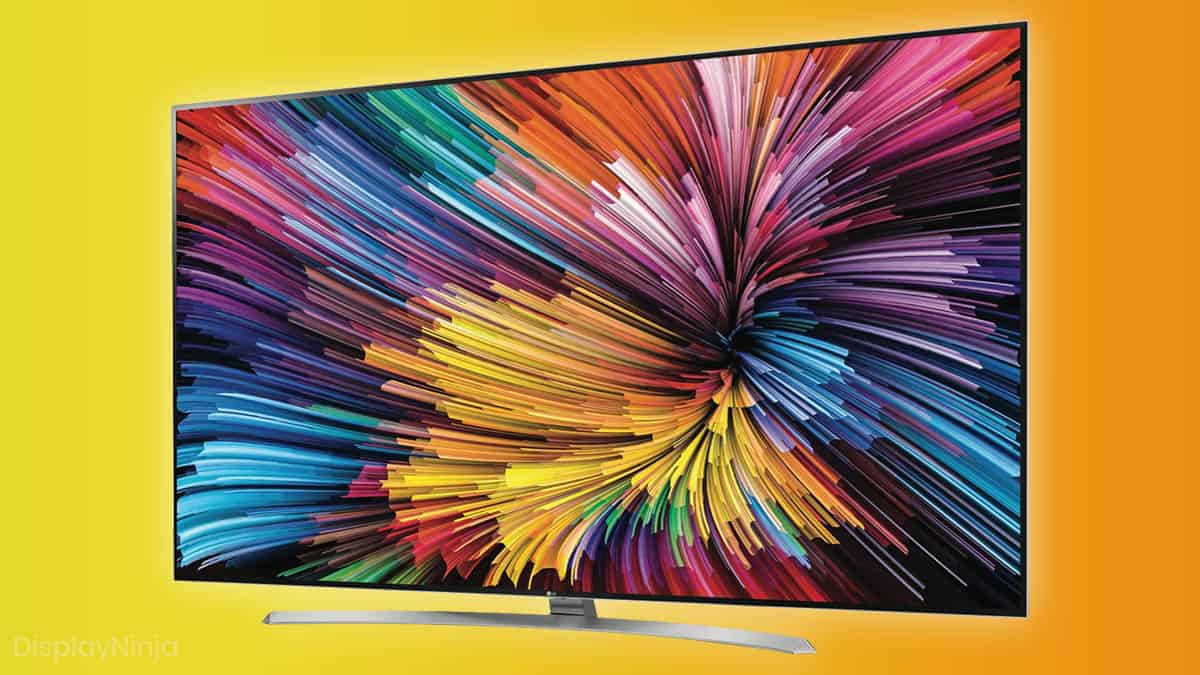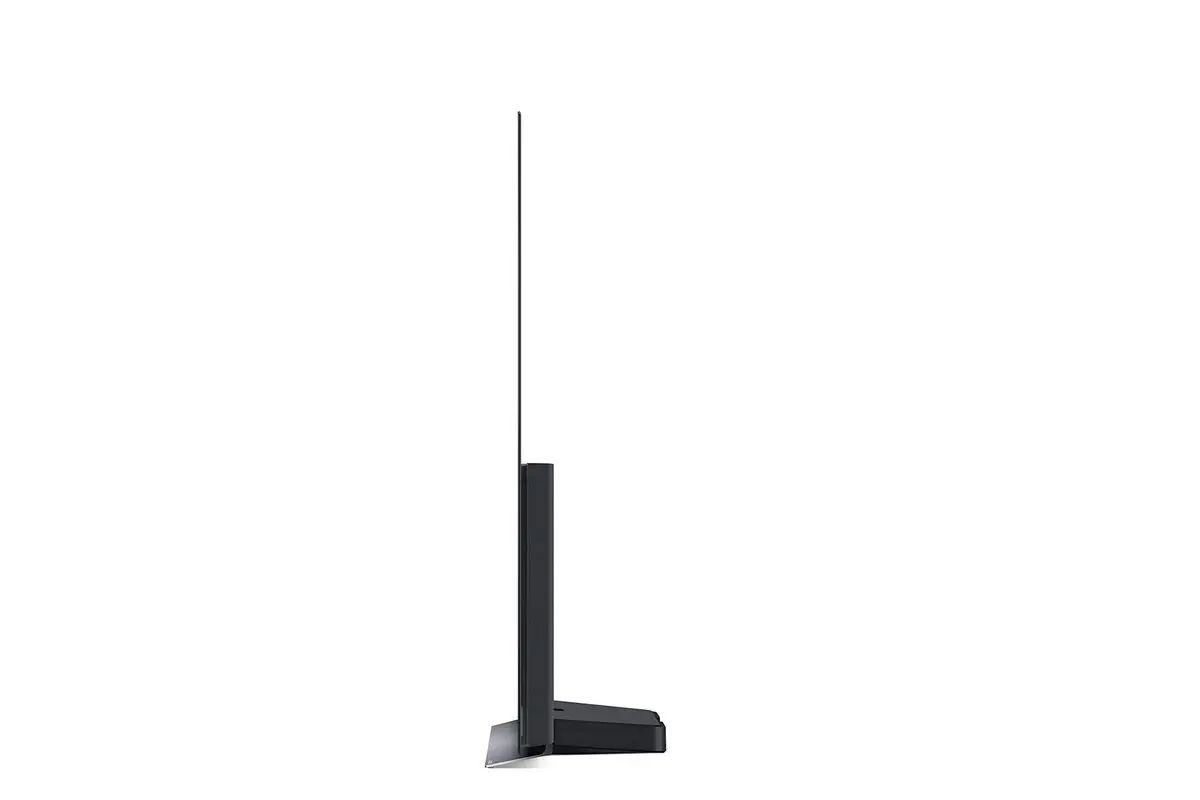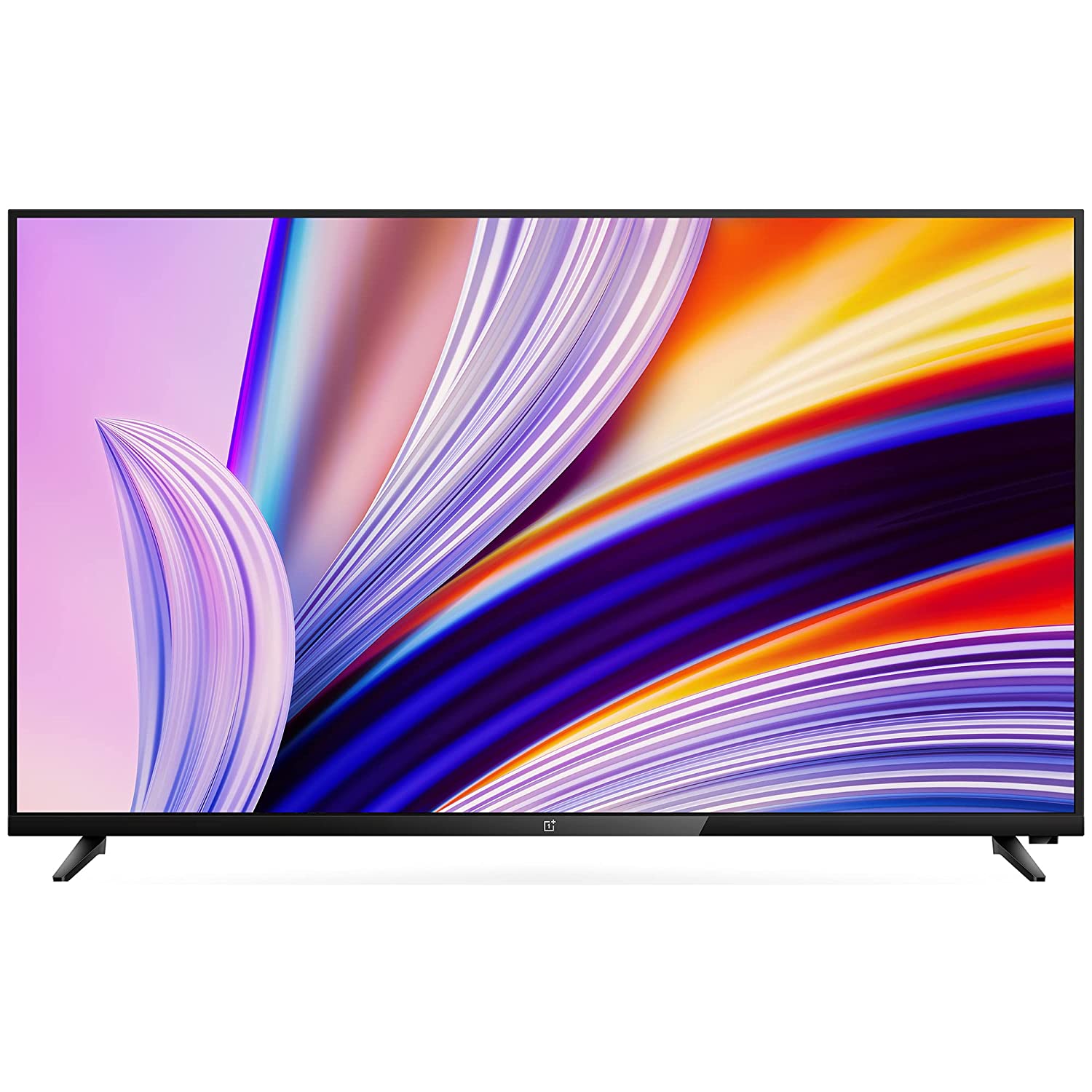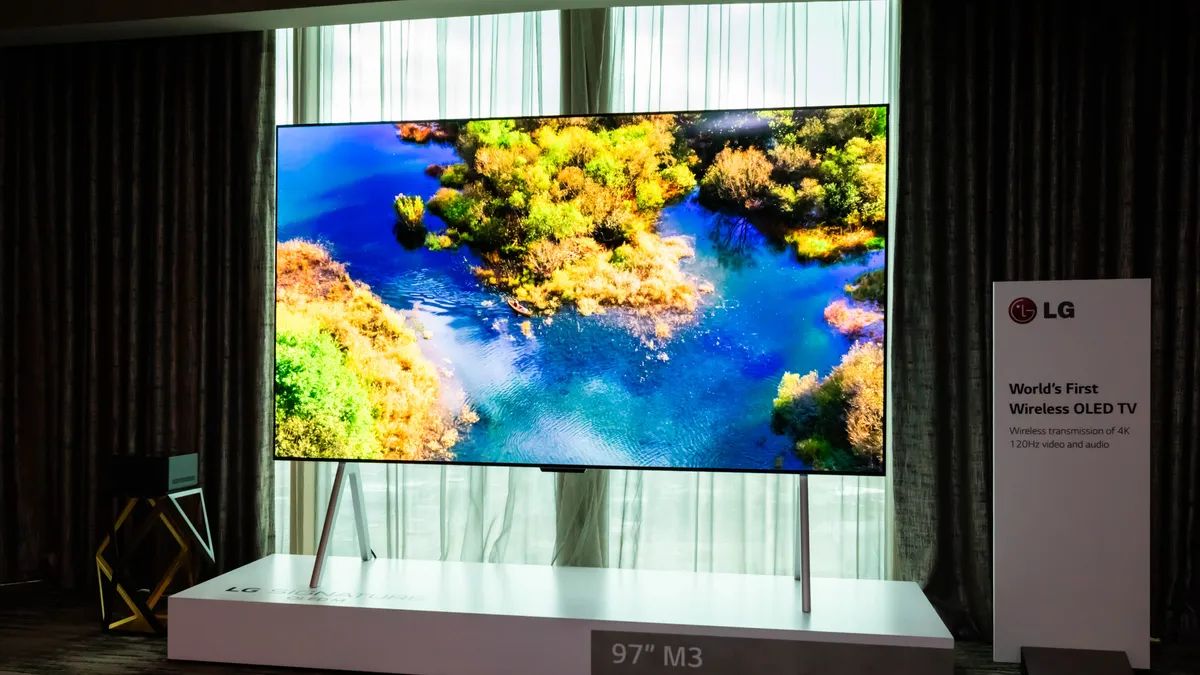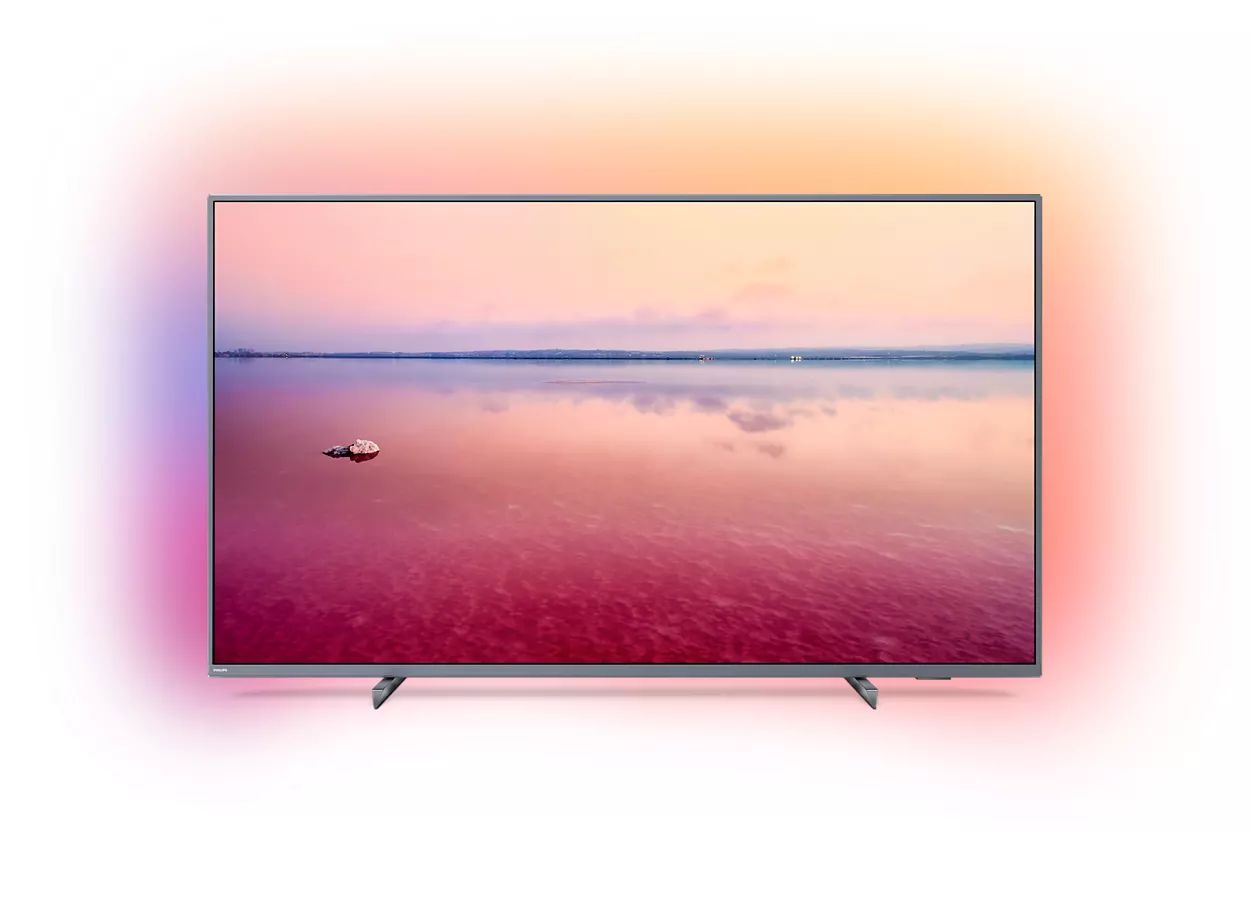Introduction
When it comes to choosing a new television, there are a plethora of options available in the market. Among them, LED TVs and Plasma TVs have been popular choices for many years. These two technologies have their own unique characteristics, each offering a different viewing experience. Understanding the differences between LED and Plasma TVs can help you make an informed decision and find the perfect TV for your needs.
LED, which stands for Light Emitting Diode, refers to the technology used to backlight the display panel of the television. On the other hand, Plasma TVs use tiny cells filled with gases to create images on the screen. Both of these technologies have their own sets of advantages and disadvantages.
In this article, we will explore the differences between LED TVs and Plasma TVs in terms of picture quality, viewing angle, energy efficiency, screen size availability, and price. By the end of this article, you will have a better understanding of the strengths and weaknesses of each technology, allowing you to make an informed decision when purchasing your next television.
What is an LED TV?
An LED TV is a type of television that utilizes Light Emitting Diode (LED) technology to backlight the display panel. Unlike traditional LCD TVs that use fluorescent tubes to illuminate the screen, LED TVs use an array of tiny LED lights placed behind the screen. These LEDs emit white light, which is then filtered to produce the desired colors.
LED TVs offer several advantages over traditional LCD TVs. First and foremost, LED technology allows for much thinner and lighter displays. This makes LED TVs more aesthetically pleasing and easier to mount on walls. Additionally, LED backlighting provides better control over brightness levels, resulting in enhanced picture quality and improved contrast ratios. The use of LEDs also enables manufacturers to achieve deeper blacks and more vibrant colors, resulting in a more immersive viewing experience.
LED TVs come in two main types: Edge-lit and Full Array. Edge-lit LED TVs have LEDs placed around the edges of the display panel, allowing for an ultra-thin design. Full Array LED TVs, on the other hand, have LEDs spread across the entire back of the display, providing more precise control over local dimming and improving overall picture uniformity.
When it comes to energy efficiency, LED TVs have the upper hand. LEDs require less power to operate compared to fluorescent tubes, resulting in lower electricity consumption and reduced energy bills. LED TVs also tend to have longer lifespans, as the LEDs used in their backlighting systems have a longer lifespan compared to fluorescent tubes.
Overall, LED TVs offer excellent picture quality, sleek designs, and energy efficiency, making them a popular choice among consumers. However, it’s important to consider the individual specifications of each LED TV model, as there can be variations in picture quality, color accuracy, and features.
What is a Plasma TV?
A Plasma TV is a type of television that uses plasma technology to create images on the screen. Plasma televisions utilize tiny cells filled with noble gases, such as neon and xenon. These cells are sandwiched between two glass panels and contain electrodes that help create a reaction, ionizing the gases and producing ultraviolet light.
The ultraviolet light then interacts with phosphors coated on the inside of the cells, causing them to emit visible light. This process produces the images and colors that you see on the screen of a Plasma TV.
Plasma TVs have several unique qualities that set them apart from LED and LCD TVs. One of the key advantages of Plasma technology is its ability to deliver deep blacks and excellent contrast ratios. This is because Plasma cells can turn off completely, resulting in true black levels and enhancing the overall picture quality.
In addition, Plasma TVs offer wider viewing angles compared to LED and LCD TVs. This means that no matter where you’re sitting in the room, the picture quality and color accuracy of a Plasma TV will remain consistent. This makes Plasma TVs an ideal choice for larger living rooms or home theater setups where viewers may be sitting at various angles.
Plasma TVs are also known for their ability to display motion smoothly, making them popular among sports enthusiasts and avid gamers. The response time of Plasma technology is faster compared to LED and LCD TVs, reducing motion blur and delivering a more fluid and immersive viewing experience.
However, there are a few drawbacks associated with Plasma TVs. One of the main concerns is energy consumption. Plasma TVs tend to consume more power than LED and LCD TVs, as they require more energy to ionize the gases inside the cells and produce light. This results in higher electricity bills.
Furthermore, Plasma displays are generally thicker and heavier than LED and LCD displays. This can make Plasma TVs more challenging to mount on walls or transport compared to their slimmer and lighter LED counterparts.
Despite these drawbacks, Plasma TVs remain a popular choice for those seeking excellent picture quality, wide viewing angles, and smooth motion handling. However, it’s important to note that Plasma TVs are no longer being manufactured, as most companies have shifted their focus to LED and OLED technology.
Differences in Picture Quality
One of the significant factors to consider when choosing between an LED TV and a Plasma TV is the picture quality they offer. While both technologies have their strengths, there are notable differences in how they produce and display images.
LED TVs, particularly those using full-array LED backlighting, provide excellent picture quality with vibrant colors and high contrast ratios. The use of LEDs allows for precise control over brightness levels, resulting in brighter whites and deeper blacks. LED TVs also tend to have better color accuracy and overall image sharpness.
On the other hand, Plasma TVs are known for their exceptional black levels and contrast ratios. Plasma technology allows individual cells to turn off completely, producing true blacks. This enhances the overall picture quality and adds depth to the images. The wider color gamut and excellent color reproduction of Plasma TVs also contribute to their impressive picture quality.
However, the superiority of Plasma TVs in terms of black levels and contrast ratios doesn’t necessarily mean that LED TVs fall behind in this aspect. With the advancements in LED technology, including local dimming features, LED TVs can achieve deep blacks and impressive contrast ratios similar to Plasma TVs.
It’s worth noting that LED TVs tend to perform better in well-lit environments, as they can produce brighter images and maintain their picture quality even in bright lighting conditions. Plasma TVs, on the other hand, may struggle in brightly lit rooms as they are influenced by ambient light and can be prone to glare.
In terms of motion handling, Plasma TVs have historically held an advantage over LED TVs. Plasma technology offers faster response times, resulting in smoother motion and reduced motion blur. This makes Plasma TVs a popular choice for sports enthusiasts and gamers who value seamless and fluid motion.
However, recent advancements in LED technology, such as higher refresh rates and motion enhancement features, have bridged the gap between the two technologies. LED TVs can now deliver smooth motion handling comparable to Plasma TVs.
Ultimately, when it comes to picture quality, both LED TVs and Plasma TVs have their strengths. LED TVs excel in overall brightness, color accuracy, and image sharpness, while Plasma TVs offer deep blacks, exceptional contrast ratios, and smooth motion handling. Choosing between the two will depend on your specific preferences and viewing environment.
Differences in Viewing Angle
Another important factor to consider when comparing LED TVs and Plasma TVs is the viewing angle they offer. The viewing angle refers to the maximum angle at which you can still see a clear and accurate image on the screen.
LED TVs typically have more limited viewing angles compared to Plasma TVs. When viewed from an angle, the brightness and color accuracy of an LED TV can diminish, resulting in a less optimal viewing experience. This means that if you have a wide seating arrangement or frequently have viewers sitting at different angles, an LED TV may not be the ideal choice.
On the other hand, Plasma TVs excel in this area. They offer wider viewing angles, meaning that you can still enjoy a clear and accurate image even when seated off to the side. This is especially beneficial for larger rooms or if you have a seating arrangement where not everyone can be sitting directly in front of the TV.
The wider viewing angles of Plasma TVs are made possible by the nature of Plasma technology, where each cell emits light individually. This allows for consistent brightness and color accuracy across a wider range of viewing positions.
However, it’s worth noting that recent advancements in LED technology, especially with regard to in-plane switching (IPS) panels, have improved viewing angles compared to older LED TV models. IPS panels provide better color accuracy and maintain image quality at wider viewing angles, making them a viable option for those who prioritize viewing angle performance.
Ultimately, if you have a small room or a seating arrangement where everyone is seated directly in front of the TV, the differences in viewing angles may not be a crucial factor to consider. However, if you have a larger room or frequently have viewers sitting at different angles, a Plasma TV or an LED TV with an IPS panel may be a better choice to ensure an optimal viewing experience for everyone.
Differences in Energy Efficiency
Energy efficiency is an important consideration when choosing a TV, as it can have an impact on both your electricity bills and the environment. In this regard, LED TVs have a significant advantage over Plasma TVs.
LED TVs are known for their energy efficiency. The LED backlighting technology used in these TVs requires less power compared to the fluorescent tubes used in Plasma TVs. The LEDs consume less energy to produce the same level of brightness, resulting in lower electricity consumption.
Furthermore, LED TVs often come with energy-saving features and settings that allow you to adjust the brightness and power consumption according to your preferences. This can further reduce energy usage without sacrificing picture quality.
In contrast, Plasma TVs consume more power due to their design and technology. The plasma cells in these TVs require more energy to ionize the gases and produce light. This higher energy consumption can lead to increased electricity bills over time.
It’s worth noting that advancements in both Plasma and LED technology have led to improvements in energy efficiency. Modern Plasma TVs are more energy-efficient compared to older models, albeit still lagging behind LED TVs in this aspect.
When shopping for an energy-efficient TV, it’s a good idea to look for Energy Star certified models. These TVs meet strict energy efficiency guidelines and can help you save money on your energy bills while reducing your carbon footprint.
In summary, LED TVs are generally more energy-efficient than Plasma TVs. The LED backlighting technology used in LED TVs requires less power, resulting in lower electricity consumption. However, modern Plasma TVs have made strides in improving energy efficiency but cannot match the efficiency of LED TVs. If energy efficiency is a priority for you, opting for an LED TV is the recommended choice.
Differences in Screen Size Availability
When it comes to choosing a TV, screen size is an important consideration for many buyers. The size of the screen can greatly impact your viewing experience and the overall aesthetics of your space. In terms of screen size availability, LED TVs have an advantage over Plasma TVs.
LED TVs are available in a wide range of screen sizes, ranging from as small as 24 inches to as large as 100 inches or more. This extensive range makes LED TVs suitable for various spaces and preferences, whether you’re looking for a small TV for a bedroom or a massive screen for a home theater setup.
On the other hand, Plasma TVs typically have more limited screen size options. While they are available in larger sizes, finding smaller screen sizes for Plasma TVs can be more challenging. This can be a drawback if you have a smaller space or a preference for a compact TV.
The reason for the limitation in screen size availability for Plasma TVs is primarily due to the technology itself. Plasma displays require larger and more complex panels to achieve larger screen sizes, which can make manufacturing smaller models less cost-effective.
It’s worth noting that in recent years, the popularity of Plasma TVs has declined, leading many manufacturers to shift their focus to LED and OLED technology. This has further contributed to the limited availability of screen sizes for Plasma TVs.
Ultimately, if you have specific size requirements for your TV, LED TVs provide a wider range of screen sizes to choose from. Whether you’re looking for a smaller, more compact TV or a larger, more immersive screen, LED TVs offer more flexibility in meeting your sizing needs.
Differences in Price
Price is a significant factor to consider when comparing LED TVs and Plasma TVs. Generally, LED TVs tend to be more affordable than Plasma TVs, making them a popular choice among budget-conscious consumers.
LED TVs are available at various price points, offering options for every budget. The cost of an LED TV can vary based on factors such as brand, screen size, display technology (such as OLED), and additional features. However, due to the widespread adoption of LED technology and economies of scale, LED TVs are generally more accessible and affordable for the average consumer.
On the other hand, Plasma TVs have historically been priced higher than their LED counterparts. The manufacturing process for Plasma displays is more complex and expensive, contributing to the higher price tags. Additionally, as Plasma technology has become less popular in recent years, the availability of Plasma TVs in the market has decreased, making them even more niche and often pricier.
It’s worth noting that price variations can still occur within each category. Premium LED TV models with advanced features and larger screen sizes may command higher price points, while budget-friendly options are available for those looking for a more affordable LED TV.
When considering the price aspect, it’s important to weigh the cost against the specific features, picture quality, and longevity you desire from your TV. Assess your budget and prioritize the factors that are most important to you, such as size, display technology, and additional features like smart TV capabilities or HDR support.
In summary, LED TVs generally offer more affordable options compared to Plasma TVs. LED technology has become widespread and more cost-effective, resulting in a wider range of options at various price points. While Plasma TVs may have higher price tags due to manufacturing complexities and reduced availability, it’s crucial to consider your budget and specific requirements to make an informed decision.
Which one is better?
The question of whether LED TVs or Plasma TVs are better is subjective and depends on individual preferences and priorities. Both technologies have their own strengths and weaknesses, and what may be considered superior for one person may not hold true for another.
LED TVs offer several advantages that make them a popular choice for many consumers. They are energy-efficient, providing cost savings in the long run, and are available in a wide range of screen sizes to suit different needs. LED TVs also offer excellent picture quality, with vibrant colors and high contrast ratios. Moreover, LED TVs have better performance in well-lit rooms and are generally more affordable compared to Plasma TVs.
On the other hand, Plasma TVs have their own unique qualities that make them appealing to certain individuals. They excel in producing deep blacks and exceptional contrast ratios, resulting in an immersive viewing experience. Plasma TVs also offer wider viewing angles, allowing for consistent image quality from different positions in a room. Additionally, Plasma technology provides smoother motion handling, making it a preferred choice for sports enthusiasts and gamers.
When deciding which TV is better for you, it is important to consider your specific needs and priorities. Factors such as budget, room lighting conditions, viewing habits, desired screen size, and personal preferences all play a role in making the right choice. You should also take into account each technology’s availability, as Plasma TVs are no longer being manufactured, and LED TVs dominate the market.
In the end, the “better” choice between LED TVs and Plasma TVs is subjective and depends on your individual circumstances and preferences. It is recommended to visit a showroom, compare different models side by side, and consider expert reviews to help you make an informed decision that aligns with your requirements and budget.
Conclusion
Choosing between LED TVs and Plasma TVs involves considering various factors such as picture quality, viewing angle, energy efficiency, screen size availability, and price. LED TVs offer sleek designs, energy efficiency, and a wide range of screen sizes to suit different preferences and budgets. They excel in overall brightness, color accuracy, and image sharpness. On the other hand, Plasma TVs provide deeper blacks, exceptional contrast ratios, wider viewing angles, and smoother motion handling, making them a preferred choice for those seeking a more immersive viewing experience.
However, it is important to note that Plasma TVs are no longer being manufactured, and LED TVs have become the dominant technology in the market. LED TVs continue to improve with advancements such as local dimming and higher refresh rates, bridging the gaps with Plasma technology.
In the end, the best choice between LED TVs and Plasma TVs depends on your specific needs, preferences, and budget. Assess the viewing environment, desired screen size, and prioritize factors such as picture quality, energy efficiency, and affordability. It is suggested to visit showrooms, compare different models, and seek expert reviews to make an informed decision that suits your individual requirements.
Regardless of your choice, both LED TVs and Plasma TVs can provide enjoyable viewing experiences and enhance your entertainment at home. With the rapid advancements in technology, both options offer a wide range of features and capabilities to meet the demands of modern consumers.









